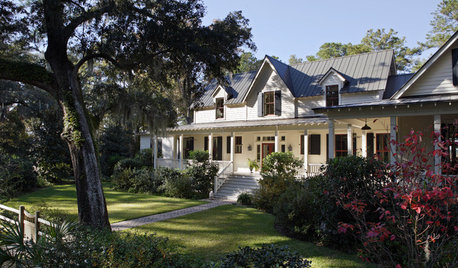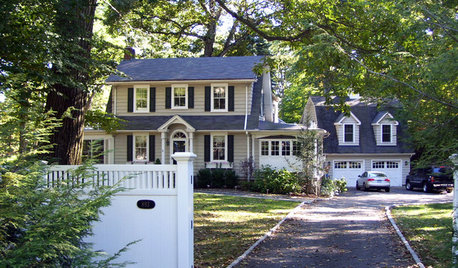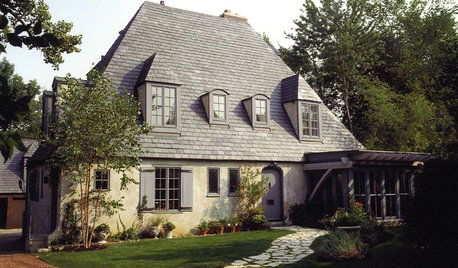How Long To Form Roots?
frozenjoe
14 years ago
Related Stories

ARCHITECTURERoots of Style: Cape Cod Evolves Into an American Favorite
With its simple gabled roof forms and straightforward design elements, the Boston-area style maintains a centuries-long following
Full Story
LIFETracing the Deep Roots of Design
Are our design choices hardwired? Consider the lasting appeal of forms from the hunter-gatherer life
Full Story
MODERN ARCHITECTURERoots of Style: International Style Celebrates Pure Form
Using technology and materials of the time, International style is always current. See its expression in these 16 homes around the world
Full Story
TRADITIONAL ARCHITECTURERoots of Style: Colonial Revivals Span Eras and Forms
Are the varied influences and configurations to thank for colonial revivals' ongoing popularity? Judge for yourself
Full Story
ARCHITECTURERoots of Style: Midcentury Modern Design
Midcentury modern still charms with its linear forms and low-sloping roofs. Appreciate it now — such simplicity can be hard to replicate
Full Story
ARCHITECTURERoots of Style: American Farmhouses Pay Tribute to Regional Traditions
With simple forms and details that honor their locales, farmhouse architecture transcends time
Full Story
ARTThe Beauty of Bonsai — Living Art, Rooted in Harmony
Create your own emblem of nature's balance with an art form dating back 1,000 years
Full Story
TRADITIONAL ARCHITECTURERoots of Style: Dutch Colonial Homes Settle on the Gambrel Roof
Colonists from the Netherlands brought the gambrel roof and other quaint details. Has your home adapted any of these features?
Full Story
ARCHITECTURERoots of Style: French Eclectic Design Continues to Charm
Hip roofs, towers, quoins ... if your house includes architectural elements like these, you might trace its design lineage to France
Full Story
ARCHITECTURERoots of Style: Do You Live in a Minimalist Traditional House?
Cottages, bungalows, farmhouses ... whatever you call them, houses in this style share several characteristics. See how many your house has
Full Story





danab_z9_la
Suzi AKA DesertDance So CA Zone 9b
Related Professionals
North New Hyde Park Landscape Architects & Landscape Designers · Brooklyn Center Landscape Architects & Landscape Designers · Bell Gardens Landscape Contractors · Lexington Landscape Contractors · Morrisville Landscape Contractors · Muttontown Landscape Contractors · Waldorf Landscape Contractors · White Bear Lake Landscape Contractors · Lansdale Decks, Patios & Outdoor Enclosures · Northbrook Decks, Patios & Outdoor Enclosures · Stafford Decks, Patios & Outdoor Enclosures · West Hills Decks, Patios & Outdoor Enclosures · Berkeley Fence Contractors · La Canada Flintridge Fence Contractors · Orange County Fence Contractors